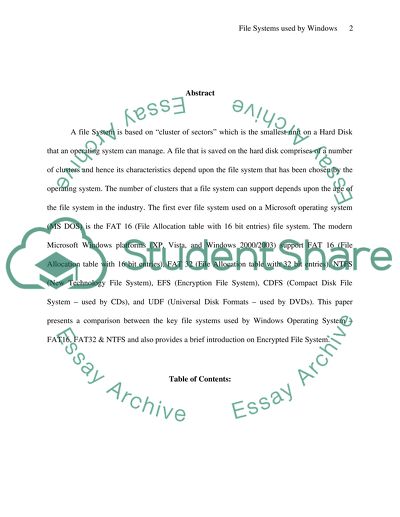Cite this document
(Comparing and Contrasting File Systems used by Windows Assignment, n.d.)
Comparing and Contrasting File Systems used by Windows Assignment. https://studentshare.org/logic-programming/1528400-comparing-and-contrasting-file-systems-used-by-windows
Comparing and Contrasting File Systems used by Windows Assignment. https://studentshare.org/logic-programming/1528400-comparing-and-contrasting-file-systems-used-by-windows
(Comparing and Contrasting File Systems Used by Windows Assignment)
Comparing and Contrasting File Systems Used by Windows Assignment. https://studentshare.org/logic-programming/1528400-comparing-and-contrasting-file-systems-used-by-windows.
Comparing and Contrasting File Systems Used by Windows Assignment. https://studentshare.org/logic-programming/1528400-comparing-and-contrasting-file-systems-used-by-windows.
“Comparing and Contrasting File Systems Used by Windows Assignment”. https://studentshare.org/logic-programming/1528400-comparing-and-contrasting-file-systems-used-by-windows.


